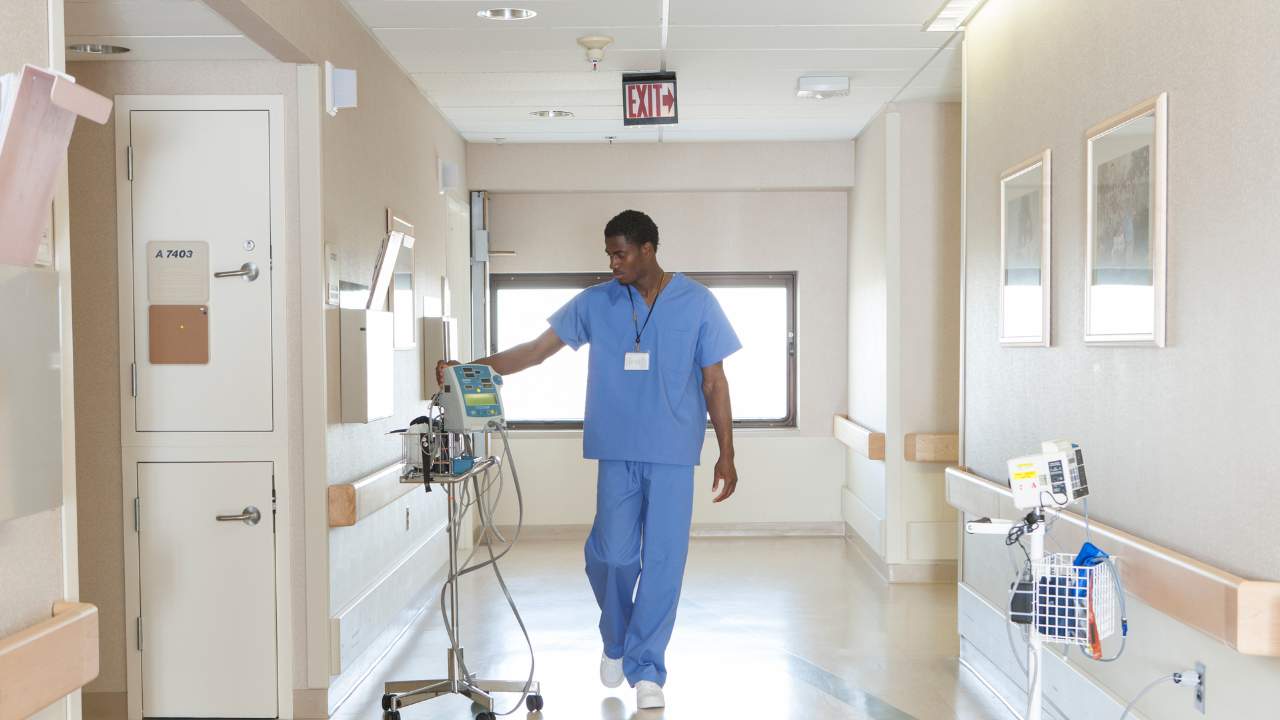How does Communication Heal?
Why is Nurse-Patient Communication So Important?
One of the biggest challenges in the healthcare setting is nurse communication. When executed properly, effective nurse-patient communication increases patient satisfaction, compliance, and better outcomes. Therapeutic communication in nursing generates more profound insight into the patient's perception of his health situation and helps patients to help themselves at home or in a healthcare facility.
In addition, reassuring communication with the nurse can significantly reduce expenses for the patient and the healthcare facility. For example, a study of 33 million MRI scans shows that over $425,000,000 are lost yearly due to claustrophobia or disruptive patient motion. A few minutes of informative, understanding talk with the staff often helps the patient relax and diminishes such expenses.
Patient Satisfaction
The impact of patient satisfaction and Hospital Consumer Assessment of Healthcare Providers and Systems (HCAHPS) scores required by Medicare and Medicaid is causing a shift in hospital evaluation. Management focuses more on communication and engagement to enhance safety, healing, and patient satisfaction.
Does Communication Heal?
While conversation can be therapeutic (reducing anxiety and providing comfort), nurse-patient communication favors health outcomes via patient understanding, trust, and clinician-patient agreement. These bring better self-care skills, increased access to care, more excellent patient knowledge and shared learning, higher quality medical decisions, enhanced therapeutic alliances, increased social support, and greater patient engagement in medical treatment and compliance.
What is a Therapeutic Alliance?
A therapeutic alliance brings together the efforts of the patient, staff, friends, family, and caregivers. This goes beyond conveying information and providing treatment. A therapeutic alliance implies trust among all parties, respect for human dignity, patient engagement, and coordinated and continuous healthcare.
Communication is a fundamental clinical skill that facilitates the establishment of a genuinely therapeutic alliance. Studies conducted during the past three decades confirm that the clinician's ability to explain, listen, and empathize can have an overpowering effect on patient satisfaction and care experience.
How Can I Improve Communication in Healthcare?
Here are a couple of tools, AIDET and BATHE, and seven tips for establishing rapport and a therapeutic alliance with your patients in the healthcare setting.
AIDET is a straightforward, simple healthcare communication tool trademarked by the Studer Group, LLC, to help medical personnel relieve anxiety among patients and their families and build trust.
AIDET stands for:
- Acknowledge - Acknowledge everyone you meet with a gesture, greeting, or smile.
- Introduce yourself - and show people where they are going instead of pointing or giving directions.
- Duration - Let patients know how long they can expect to wait.
- Explain - what you do or what they can expect in the course of their visit. Explain and discuss all instructions they will need to follow once they leave your care.
- Thank You – Thank the patient for coming to your healthcare center.
The BATHE protocol is also an easy-to-use tool that prompts four questions.
- Background – What is happening in your life?
- Affect – How is that affecting you?
- Troubles – What troubles do you have in this situation?
- Handling – How are you handling it?
Empathetic Statement – E.g., That must be very frustrating.
Professional Tips for Nurse Challenges in Communication
- Listening thoroughly and attentively and building rapport and trust leads to meaningful discussions about treatment.
- Start with open questions, so the patients feel free to discuss what's on their minds. When this is addressed, they are more likely to relax and be receptive to other topics you might need to discuss in the session.
- Summarize what the patient is saying now and then throughout the conversation. Make sure you got it right and show you are listening.
- Involve friends and family. Many people find it hard to remember just what has been said. Family or friends can help them recognize and explore their options.
- Keep records. Accurate documentation of nurse-patient conversations is helpful to the healthcare team, and patients do not have to repeat their stories repeatedly.
- Share some of your notes with patients. This review helps with understanding and compliance.
- Use the right tone. Rapport comes when people feel they have something in common, and you can bring this about in your initial reactions to patients' comments or attitudes. Match posture, rhythm, or tone of voice in the first minutes to establish rapport. Once you select a connection, you can gently lead the patient, often by example, to healthier or more appropriate behavior, for instance, lowering the tone of voice.
What to Say and What Not to Say to Say as a Nurse
- Don't say: "I don't have time to look at your medical records." Or "I'm too busy. You will have to wait."
- Say how long it will take you to get back to them with what they need or want.
- Don't say: "This won't hurt at all."
- Tell them what they can do to handle the pain better. For example: "Breathe deeply and exhale slowly while I give you the shot."
- Don't say: "Oh, no!" Mistakes can happen, but don't make it worse with an alarming exclamation.
- Say what happened, but after the procedure and in consultation with the medical team. Calmly and professionally explain the mistake, how you resolved it and what the patient should expect.
Building rapport with your patient, establishing a therapeutic alliance and boosting patient satisfaction scores all take experience in the work environment. Use the Nursa App to pick up a shift.














